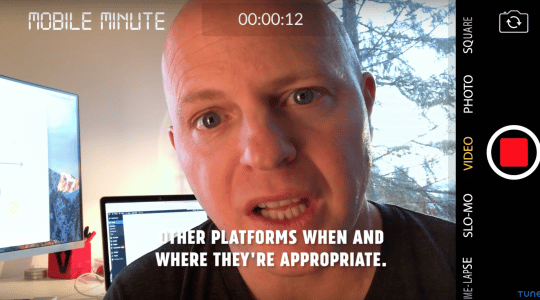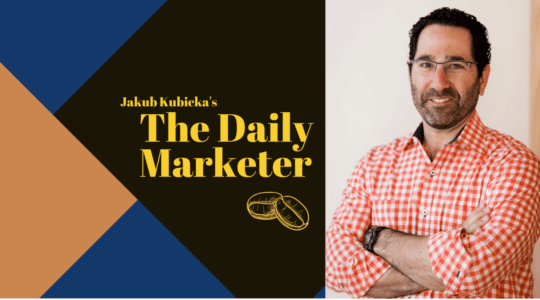
As a talented app marketer, you likely have a few tricks up your sleeve when it comes to mobile marketing campaigns. Maybe you’ve got a killer app store optimization strategy, or have attribution down pat. But if you haven’t incorporated mobile proximity marketing into your campaigns — that is, marketing to consumers through their smartphones, based on their location — you could be missing a valuable asset in your mobile marketing tool chest.
There’s a lot to understand about proximity marketing, and we’ll teach you everything you need to know in our upcoming webinar, “Navigating Location-Based Mobile Marketing.” In the meantime, get a few of our favorite do’s and dont’s below.
Three Quick Tips to Get Started with Mobile Proximity Marketing
1. Make it worth their while.
Spammy messaging: bad. Relevant, timely messaging: good. A study by Microsoft shows that consumers are actually more than willing to share their information — if they deem the offer worthy. To be specific:
- 99.6% of consumers would share data for cash rewards
- 89.3% of consumers would share data for location-based discounts
- 65.2% of consumers would share data for loyalty points
That means mobile proximity marketing campaigns are actually welcomed by 9 out of 10 customers. It just comes down to offering discounts and valuable messages at the right time and place.
2. Don’t overshare.
No one likes to be interrupted, and frequency is what separates your proximity marketing campaigns from being appreciated to being just plain annoying. According to an inMarket study, a single location-related push notification can increase customer engagement by around 45%. But don’t overdo it, as sending more than one message can bring app usage to a screeching halt, reducing usage by more than 300%. Choose your best message, then leave it at that.
3. Find the fit for your industry.
Proximity marketing is one tactic that can work regardless of industry. If you have a retail app, for example, you can use proximity marketing to alert users of deals when they’re in your store, or let them know of a store opening if they’re shopping just around the block. For airport apps, use proximity marketing to alert travelers of flight updates or gate changes when they’re in the airport. In healthcare, alert patients of clinic locations, disaster routing, or hospital maps.
You can make mobile proximity marketing a revenue engine — you just need to know the tricks and how they apply to your particular industry.
Get a Mobile Proximity Marketing Crash Course
If this sounds like something you may want to try out with your consumers, register for our free webinar, “Navigating Location-Based Marketing.” We’ve enlisted a panel of mobile marketing pros who know the latest trends, technology, and best practices in proximity marketing.
Author
Becky is the Senior Content Marketing Manager at TUNE. Before TUNE, she handled content strategy and marketing communications at several tech startups in the Bay Area. Becky received her bachelor's degree in English from Wake Forest University. After a decade in San Francisco and Seattle, she has returned home to Charleston, SC, where you can find her strolling through Hampton Park with her pup and enjoying the simple things between adventures with friends and family.




Leave a Reply
You must be logged in to post a comment.